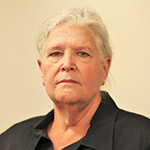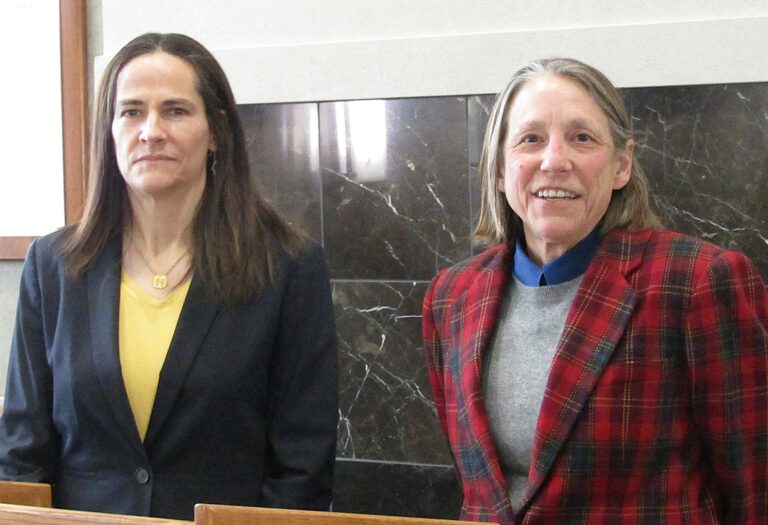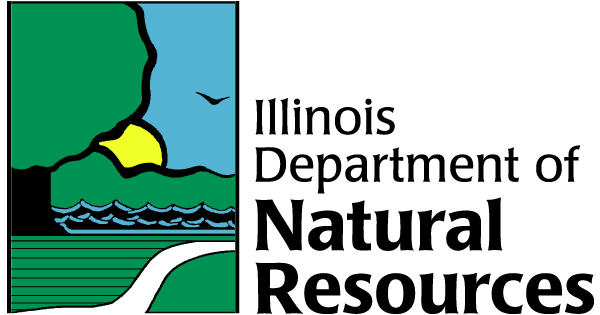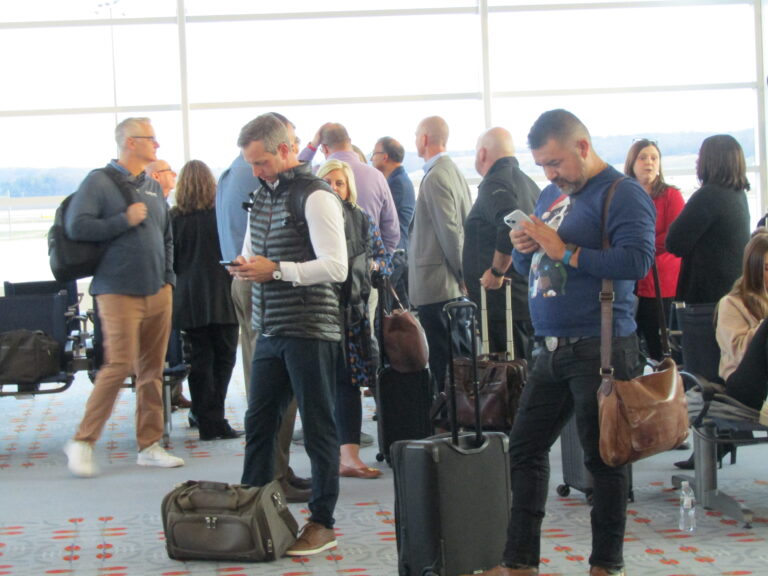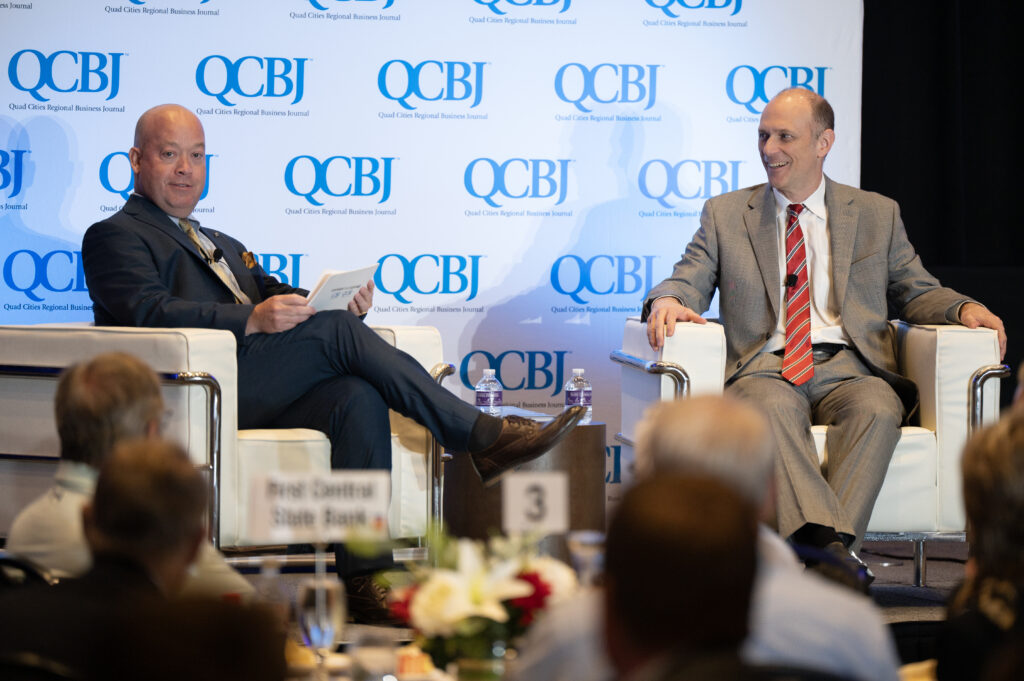
Corridor Media Group President and CEO John Lohman, left, hosts a fireside chat with Chicago FED President and CEO Austan Goolsbee at the QCBJ Mid-Year Economic Review. CREDIT TODD WELVAERT
With its reliance on agriculture and manufacturing, the Midwest economy is especially sensitive to global economic challenges such as tariffs, Chicago Fed President and CEO Austan Goolsbee told leaders at the Monday, June 2, QCBJ Mid-Year Economic Review.
The Q&A-style fireside chat was first hosted by Corridor Media Group President & CEO John Lohman at the Rhythm City Casino Resort in Davenport. The same program was…
Want to Read More?
Get immediate, unlimited access to all subscriber content and much more.
Learn more in our subscriber FAQ.
Do you want to read and share this article without a paywall?
